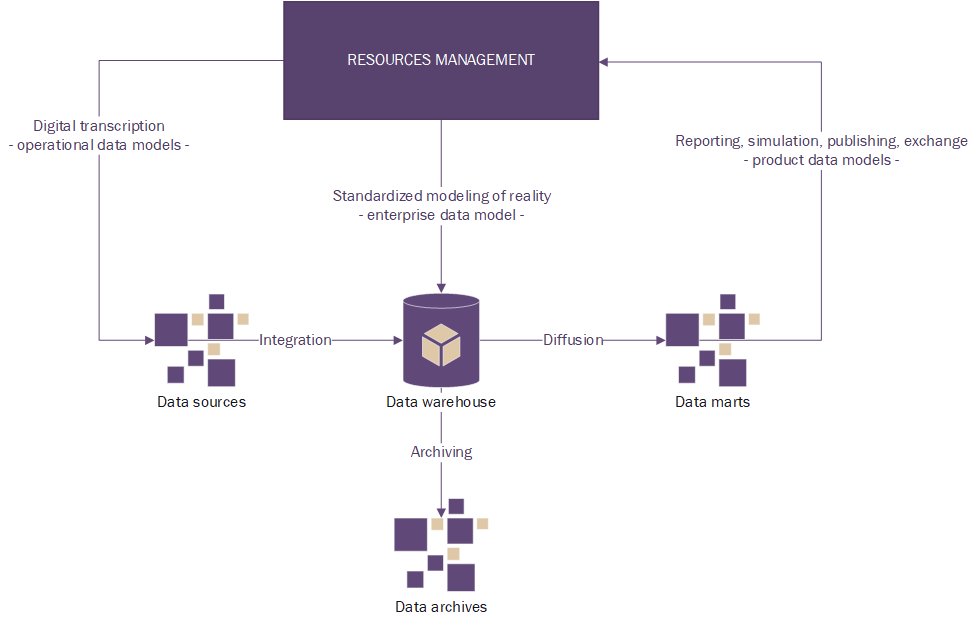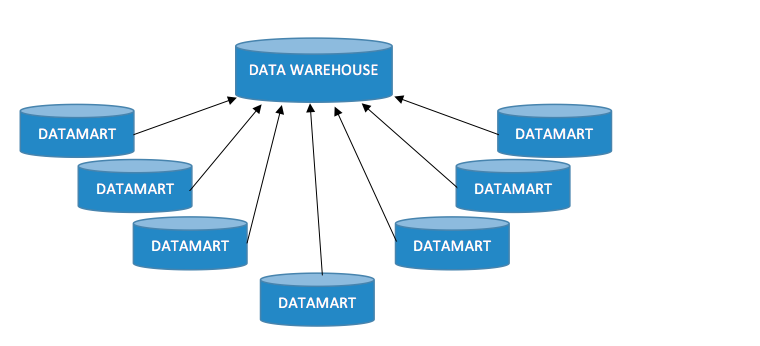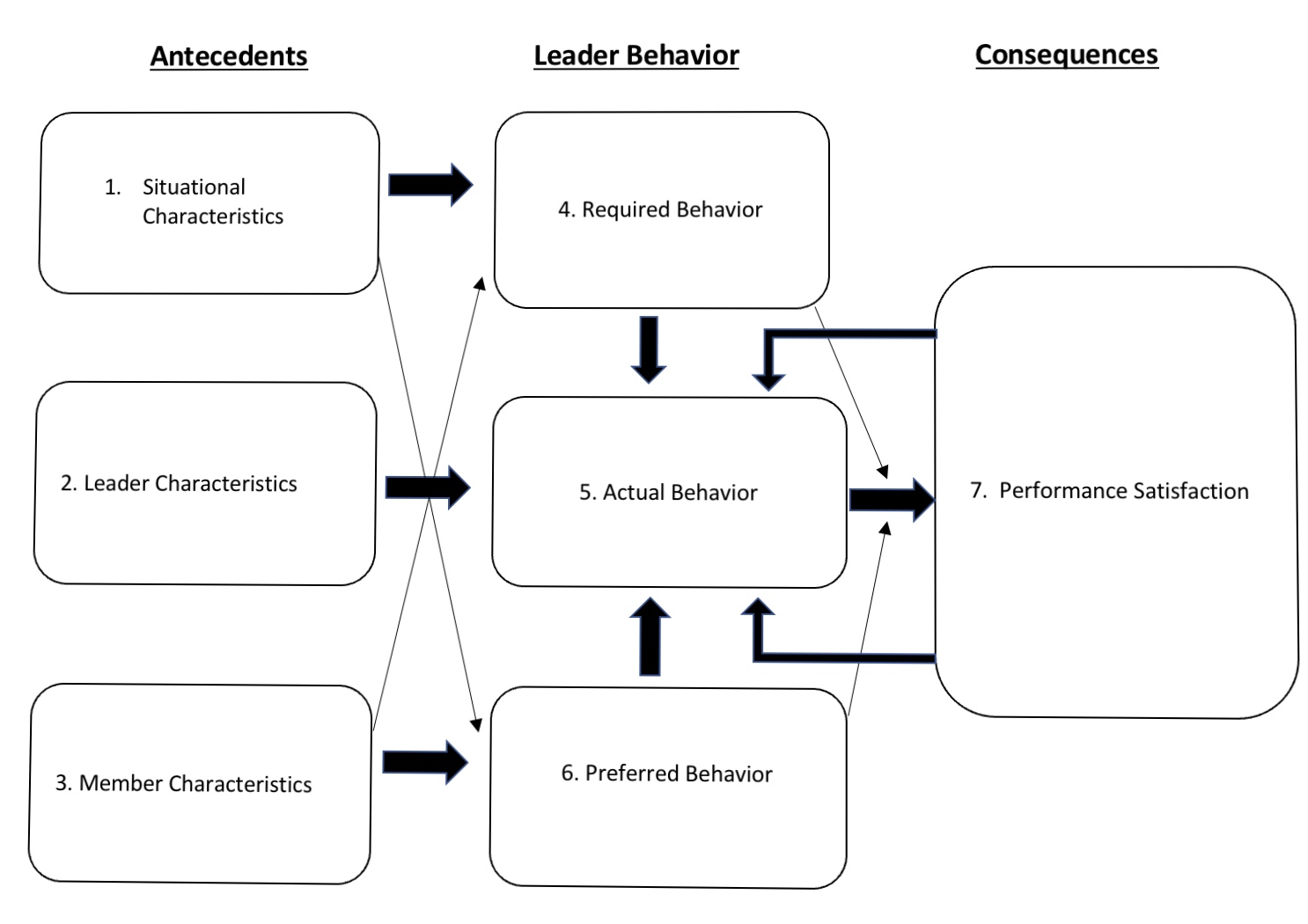What is Hashrate in Mining?

Hashrate in mining refers to the total computational power being used by a cryptocurrency network to process transactions and mine new coins. It is a measure of how many hash operations (complex mathematical calculations) a miner or mining pool can perform per second to solve the cryptographic puzzle required to add a new block to the blockchain.
Key Concepts:
- Hash: A hash is a unique, fixed-length string output generated by a hash function. In mining, miners continuously generate hashes to try to find one that meets the specific criteria set by the blockchain’s Proof-of-Work (PoW) algorithm.
- Hashrate: The hashrate represents the speed at which a miner or the entire network is performing hash calculations. It’s usually measured in hashes per second (H/s) or higher units like:
- KH/s (Kilohashes per second): 1,000 hashes per second
- MH/s (Megahashes per second): 1,000,000 hashes per second
- GH/s (Gigahashes per second): 1,000,000,000 hashes per second
- TH/s (Terahashes per second): 1,000,000,000,000 hashes per second
- PH/s (Petahashes per second): 1,000,000,000,000,000 hashes per second
Why is Hashrate Important in Mining?
- Mining Difficulty: A higher hashrate indicates that the network’s computational power is strong, meaning it’s more secure and harder to attack. As more miners join the network, the difficulty of mining increases to maintain the balance of block creation time (e.g., Bitcoin adjusts its difficulty every 2 weeks to maintain an average block time of 10 minutes).
- Mining Rewards: Miners with a higher hashrate have a better chance of solving the cryptographic puzzle first, which gives them the right to add a block to the blockchain and receive the block reward (usually a certain number of new coins).
- Network Security: The hashrate is directly linked to the security of a PoW blockchain. The higher the hashrate, the harder it is for any single miner or group to control 51% of the network’s power and launch a 51% attack.
Example of Hashrate in Practice:
- For Bitcoin, the hashrate of the entire network is typically measured in exahashes per second (EH/s), which is equivalent to billions of gigahashes per second. As of recent data, the Bitcoin network’s hashrate has surpassed 400 EH/s, meaning the network can perform 400 quintillion hashes per second.
Hashrate in Relation to Mining Hardware:
- ASICs (Application-Specific Integrated Circuits): These are specialized mining devices that offer extremely high hashrates, often measured in TH/s or higher.
- GPUs (Graphics Processing Units): These can also be used for mining, particularly in networks like Ethereum (prior to its switch to PoS), but offer lower hashrates compared to ASICs.
How can we increase our hashrate?
Increasing the hashrate for cryptocurrency mining can be achieved by optimizing hardware, software, and mining strategies. Here are several key methods to boost your mining hashrate:
1. Upgrade Mining Hardware
- Use ASIC Miners: Application-Specific Integrated Circuits (ASICs) are designed specifically for cryptocurrency mining and offer the highest hashrates compared to other hardware. Upgrading to a more powerful ASIC miner can significantly increase your hashrate.
- Example: ASIC miners like Bitmain Antminer S19 Pro for Bitcoin can generate up to 110 TH/s.
- Upgrade to Better GPUs: For networks that allow GPU mining (e.g., Ethereum Classic), using newer, more powerful GPUs can enhance hashrate. The latest graphics cards, such as NVIDIA RTX 30-series or AMD RX 6000-series, provide much higher hashrates than older models.
2. Overclock Your Mining Hardware
- Overclocking involves adjusting the clock speeds of your GPUs or ASIC miners to increase their computational power. This can lead to higher hashrates, but it may also increase the power consumption and heat generation.
- Use mining software tools like MSI Afterburner for GPUs, which allows you to tweak power limits, clock speeds, and memory timings to maximize performance. Note: Overclocking can void warranties and increase hardware wear and tear if not done carefully.
3. Optimize Mining Software
- Use Efficient Mining Software: Make sure you are using up-to-date and efficient mining software optimized for your hardware. Popular mining software includes:
- CGMiner and BFGMiner for ASIC miners.
- NBMiner, PhoenixMiner, and T-Rex Miner for GPU mining.
- Keep the software updated to benefit from optimizations and new algorithms that improve efficiency.
4. Join a Mining Pool
- Mining Pools allow you to combine your computational power with other miners, increasing your chance of earning consistent rewards. While the rewards are shared, pooling resources increases the effective hashrate compared to solo mining.
- Choose a mining pool with low fees and high payouts to maximize earnings.
5. Optimize Cooling and Power Supply
- Improved Cooling: Efficient cooling ensures that your mining hardware runs at optimal performance. High temperatures can reduce hashrate and damage equipment. Use proper ventilation, cooling fans, or liquid cooling systems to keep your hardware cool.
- Stable Power Supply: Use a reliable and efficient power supply unit (PSU) to ensure your hardware operates consistently at maximum capacity. Voltage drops or unstable power sources can decrease mining efficiency and hashrate.

6. Reduce Downtime
- Keep your mining rig running 24/7 to maximize uptime and thus the overall hashrate contribution. Monitor your equipment to minimize interruptions caused by hardware failures, overheating, or internet connection issues.
7. Optimize Network Connection
- Ensure that your mining rig has a stable and fast internet connection. Latency or dropped internet connections can cause delays in submitting valid blocks or shares, which can reduce your effective hashrate.
8. Use Cloud Mining Services (Optional)
- If upgrading physical hardware is not feasible, some miners turn to cloud mining services, which allow you to rent mining power remotely. Services like Genesis Mining and Hashflare provide users with an allocated hashrate based on their investment. However, always research carefully, as some cloud mining platforms can be risky.
9. Switch to Lower Difficulty Networks
- Mining on smaller or newer blockchain networks with lower mining difficulty can yield higher hashrates relative to the network’s difficulty. However, these coins might have lower value or liquidity compared to more established cryptocurrencies like Bitcoin or Ethereum.
Also Read : What is a 51% attack?
10. Use Dual Mining (for GPUs)
- Some mining software allows you to mine two cryptocurrencies simultaneously (dual mining) with the same hardware. For example, mining Ethereum Classic and Zilliqa together can increase overall rewards without significantly impacting hashrate for the primary coin.
11. Regular Maintenance
- Clean dust and debris from your mining rig regularly to prevent overheating and inefficiency. Hardware performance tends to degrade if it operates under suboptimal conditions, and regular maintenance can keep it running at full capacity.
By combining hardware upgrades, software optimization, and best practices in cooling and power supply management, you can significantly increase your mining hashrate and overall profitability.
FAQ
1. What is hashrate?
Hashrate refers to the computational power used by a cryptocurrency mining device or network to process transactions and mine new blocks. It measures how many hash calculations can be performed per second by the miner or the entire network.
2. Why is hashrate important in mining?
Hashrate is a key factor in mining because it determines:
– Mining Efficiency: The higher the hashrate, the more likely a miner is to solve the cryptographic puzzle and earn block rewards.
– Network Security: A higher overall network hashrate makes it more secure and resistant to attacks, such as the 51% attack.
– Mining Difficulty: The hashrate impacts mining difficulty, which adjusts to ensure consistent block production times (e.g., every 10 minutes for Bitcoin).
3. How is hashrate measured?
Hashrate is measured in hashes per second (H/s). Common units include:
– KH/s (Kilohashes per second): 1,000 hashes per second
– MH/s (Megahashes per second): 1,000,000 hashes per second
– GH/s (Gigahashes per second): 1,000,000,000 hashes per second
– TH/s (Terahashes per second): 1,000,000,000,000 hashes per second
– PH/s (Petahashes per second): 1,000,000,000,000,000 hashes per second
4. What is the difference between GPU and ASIC hashrates?
– GPUs (Graphics Processing Units): Used for mining on certain cryptocurrencies (e.g., Ethereum Classic), offering flexibility but generally lower hashrates than ASICs.
– ASICs (Application-Specific Integrated Circuits): Specialized hardware designed specifically for mining certain cryptocurrencies (e.g., Bitcoin), offering much higher hashrates.
5. How does hashrate impact mining rewards?
The higher your hashrate, the greater the chance of solving the cryptographic puzzle first and receiving the block reward. However, if mining difficulty increases, it may require even more hashrate to maintain the same level of rewards.



